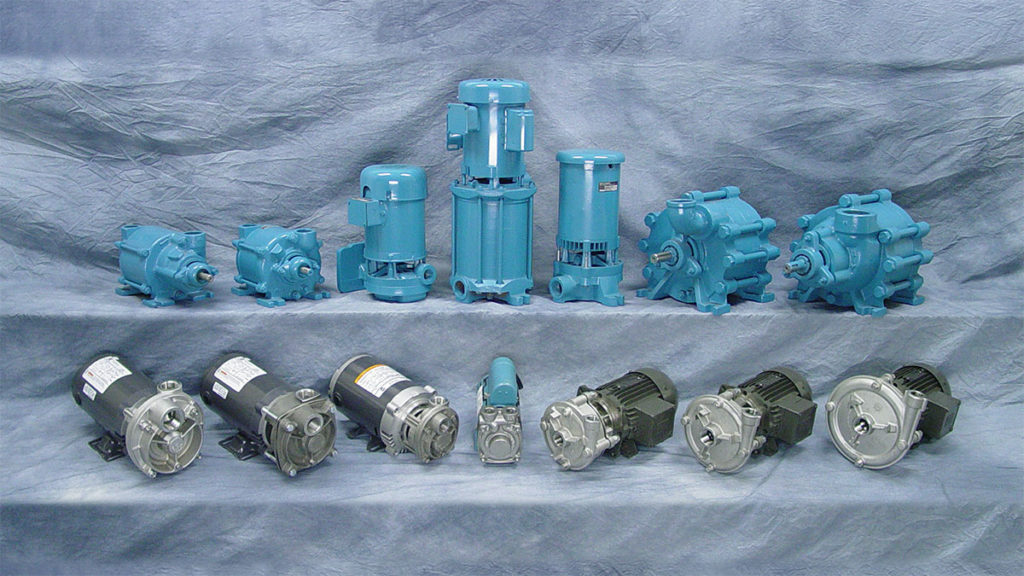When it comes to pumping systems, the choice of pump can significantly affect the smoothness and consistency of fluid flow. Positive displacement pumps, such as piston pumps and diaphragm pumps, are known for their high-pressure capabilities but also for the pressure pulsations they produce. These pulsations occur because the fluid is divided into discrete quantities by the action of the pistons, resulting in an uneven flow that can be problematic in certain applications.
In contrast, regenerative turbine pumps offer a distinct advantage with their ability to provide a smooth, continuous flow without the pressure pulsations common in positive displacement pumps. The key to this lies in the unique design of the regenerative turbine pump. Instead of chopping the fluid into segments, the regenerative turbine pump guides the fluid through a smooth, helical path around the water channel. This design ensures a consistent and steady flow, making regenerative turbine pumps ideal for applications requiring a stable and pulsation-free fluid movement.

The absence of pulsations not only improves the performance and efficiency of the system but also reduces wear and tear on the pump components and connected systems. This leads to longer equipment life, lower maintenance costs, and more reliable operation.
We hope you found this article informative and insightful. If you enjoyed reading it or have any feedback, we’d love to hear from you. Stay tuned for next week’s article, where we will explore the innovative design of Free Floating Balanced Impellers in Regenerative Turbine Pumps, and how they further enhance pump performance and reliability.

